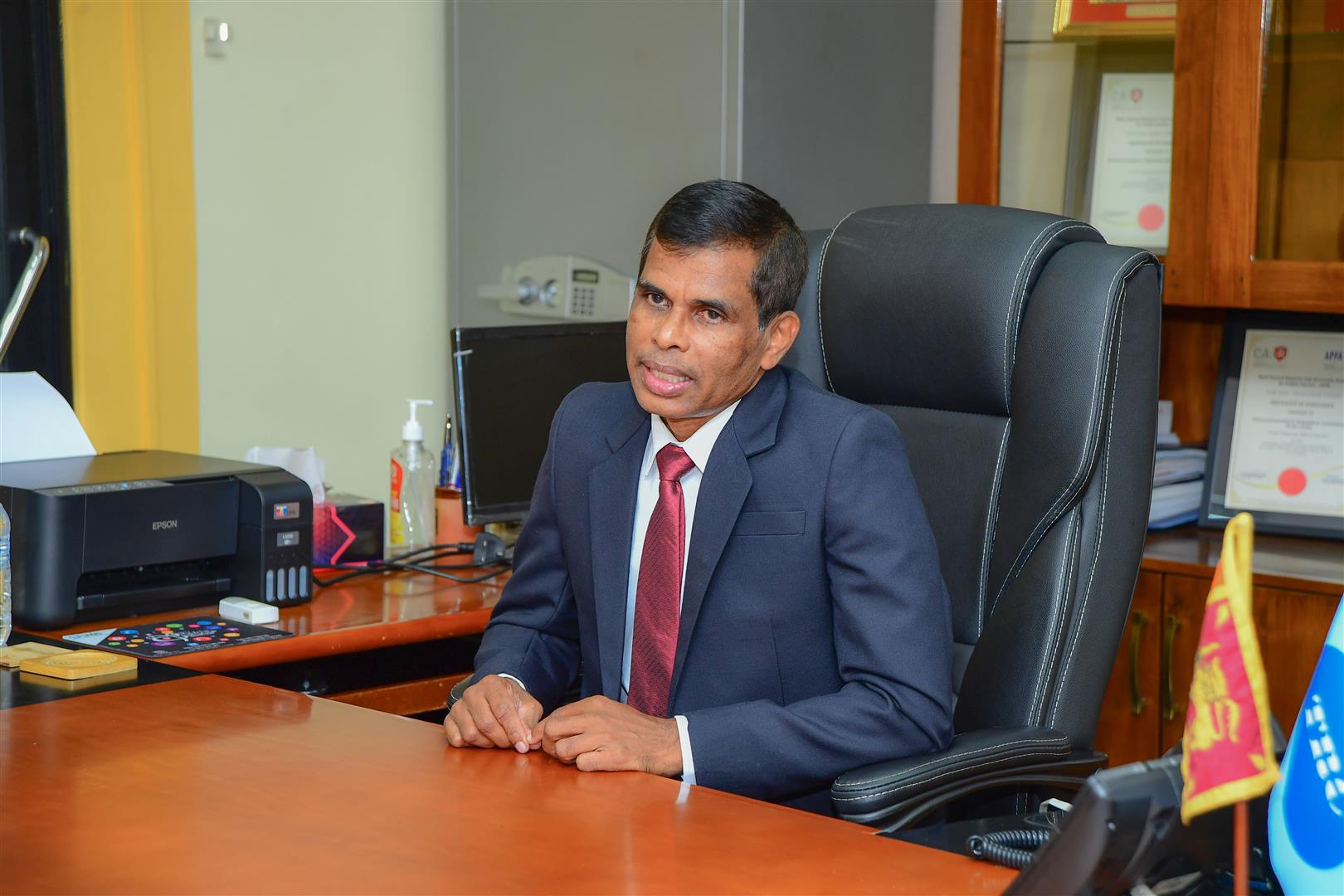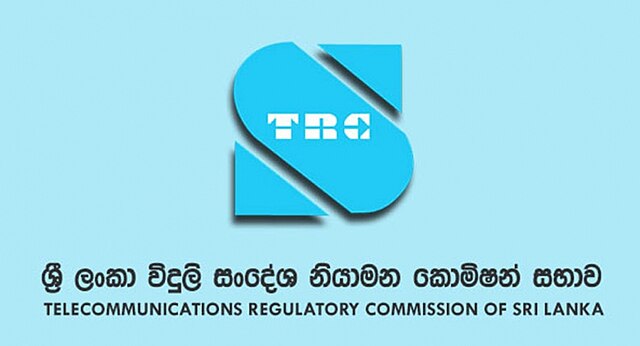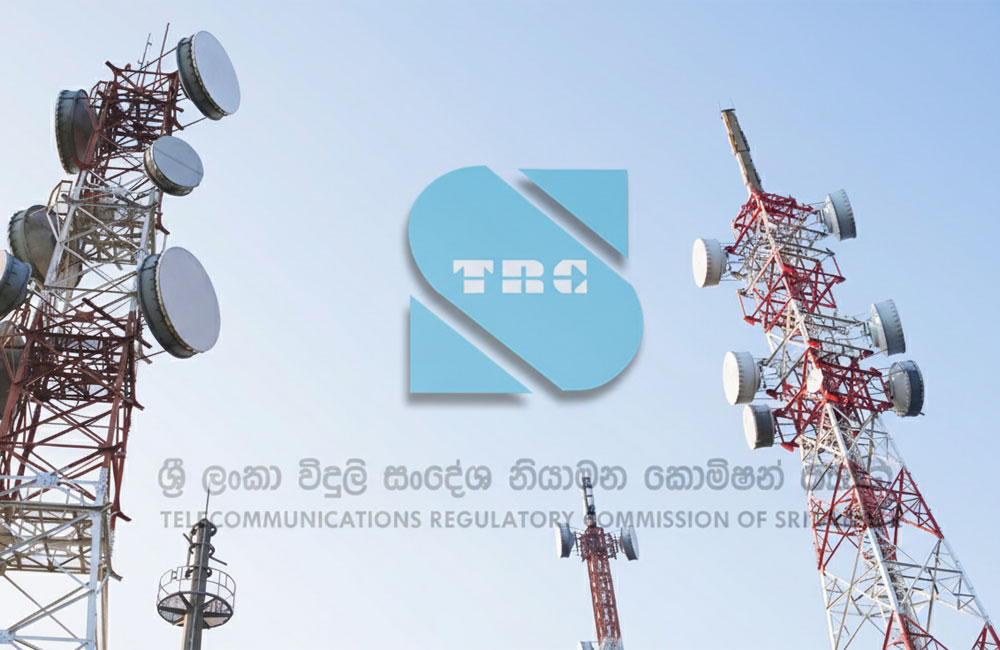Sri Lanka’s national effort to improve connectivity in rural and underserved regions is facing a serious setback as revenue from the Telecommunications Development Charge (TDC) continues to shrink sharply, raising concerns about long-term digital infrastructure expansion and economic inclusion.
The decline was disclosed by Telecommunications Regulatory Commission of Sri Lanka (TRCSL) Director, Air vice Marshal Bandula Herath, during a briefing to the Committee on Public Finance (COPF).
 (TRCSL) Director, Air vice Marshal Bandula Herath
(TRCSL) Director, Air vice Marshal Bandula Herath
Herath noted that the TDC traditionally funded through levies on international call charges is now generating significantly less revenue as Sri Lankans increasingly rely on internet-based platforms for communication.
“Revenues from international calls have dropped because data is now the primary mode of communication,” he said, explaining that the fall in collections threatens the sustainability of the Universal Service Fund (USF), which finances connectivity in areas that private operators deem unprofitable.
The TDC was designed as a corrective mechanism to ensure that telecommunications development reached villages, remote regions and economically marginalised communities. Operators typically avoid these regions because of low returns.
To bridge this gap, the TRCSL provides co-funding for towers and network expansion projects, historically covering 50% of tower construction costs. This subsidy was increased to 75% in 2024, reflecting both the urgency of rural digital expansion and the diminishing private-sector appetite to invest.
 TRCSL
TRCSL
However, as the levy pool shrinks, concerns are emerging over whether the TRCSL can sustain this higher level of support. Over the past two years, the fund has financed 79 towers with an allocation of Rs. 1.3 billion, but officials warn that future investments may be constrained unless alternative revenue sources are identified.
Digital-economy analysts argue that the decline in TDC revenue exposes deeper structural vulnerabilities within Sri Lanka’s telecom ecosystem. With digital-service adoption accelerating nationwide, they argue that policy frameworks must evolve to reflect changing communication behaviours.
Continuing to rely on international call traffic now a diminishing revenue base risks widening the digital divide at a time when rural households, students and small businesses are increasingly dependent on connectivity for education, health access, market information and online services.
The economic implications are far-reaching: weaker digital infrastructure slows rural entrepreneurship, depresses productivity, reduces access to e-government services and hampers the country’s broader digital-transformation agenda. The issue is particularly urgent as Sri Lanka is pushing for digital-economy growth, e-commerce expansion and technology-enabled public services.
In response to the crisis, President Anura Kumara Dissanayake, in his role as Minister of the Digital Economy, has proposed allocating Rs. 17.5 billion over the next five years to expand telecommunications coverage in underserved areas using the USF. While the proposal signals policy commitment, experts question whether heavy reliance on the TDC without modernising its revenue model can sustain such an ambitious programme.
As Sri Lanka’s reliance on data-driven communication continues to surge, the country faces a pivotal decision: either reform the funding model for digital-infrastructure expansion or risk leaving its rural population disconnected from the opportunities of a modern digital economy.

Leave your comments
Login to post a comment
Post comment as a guest